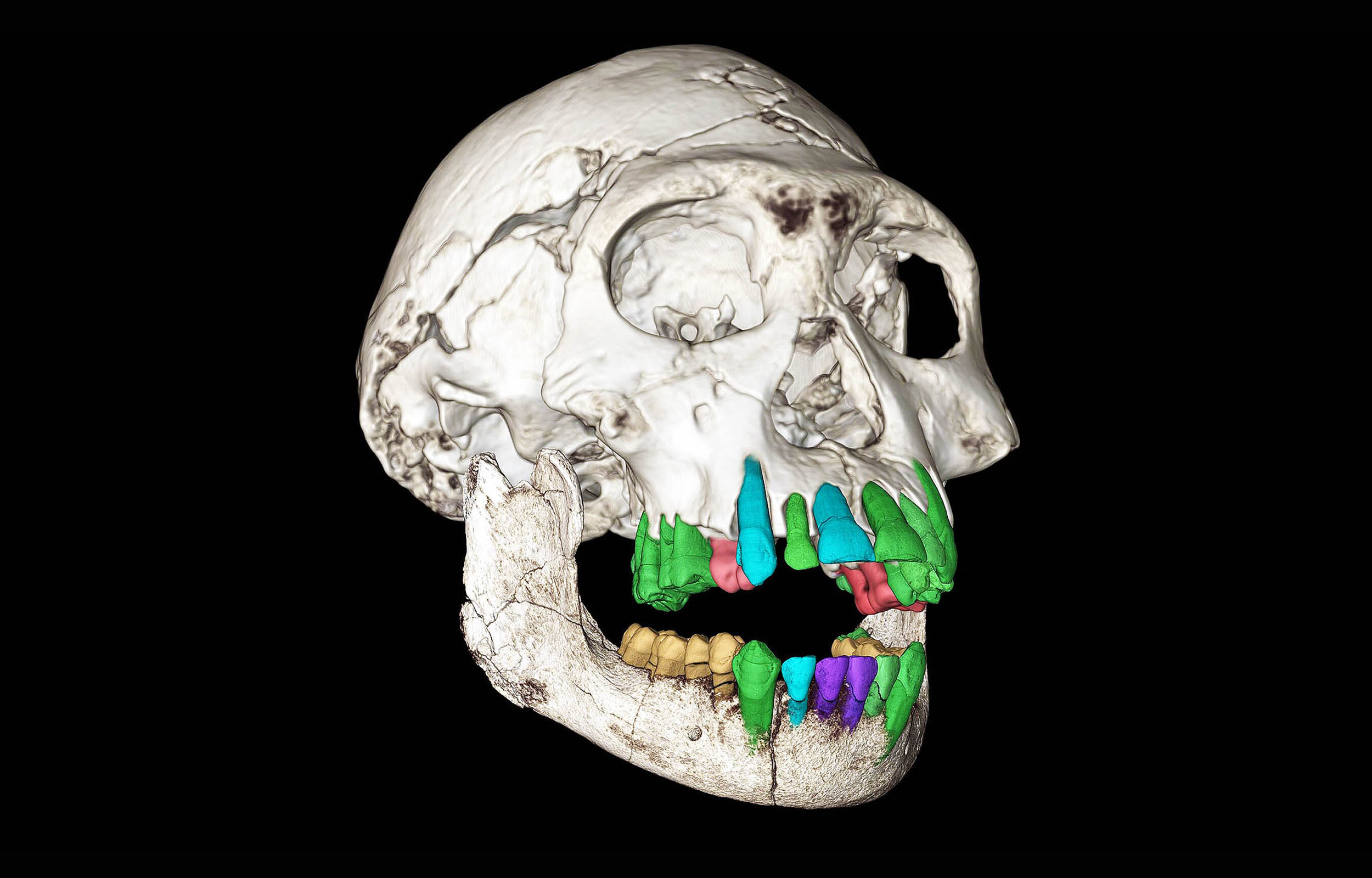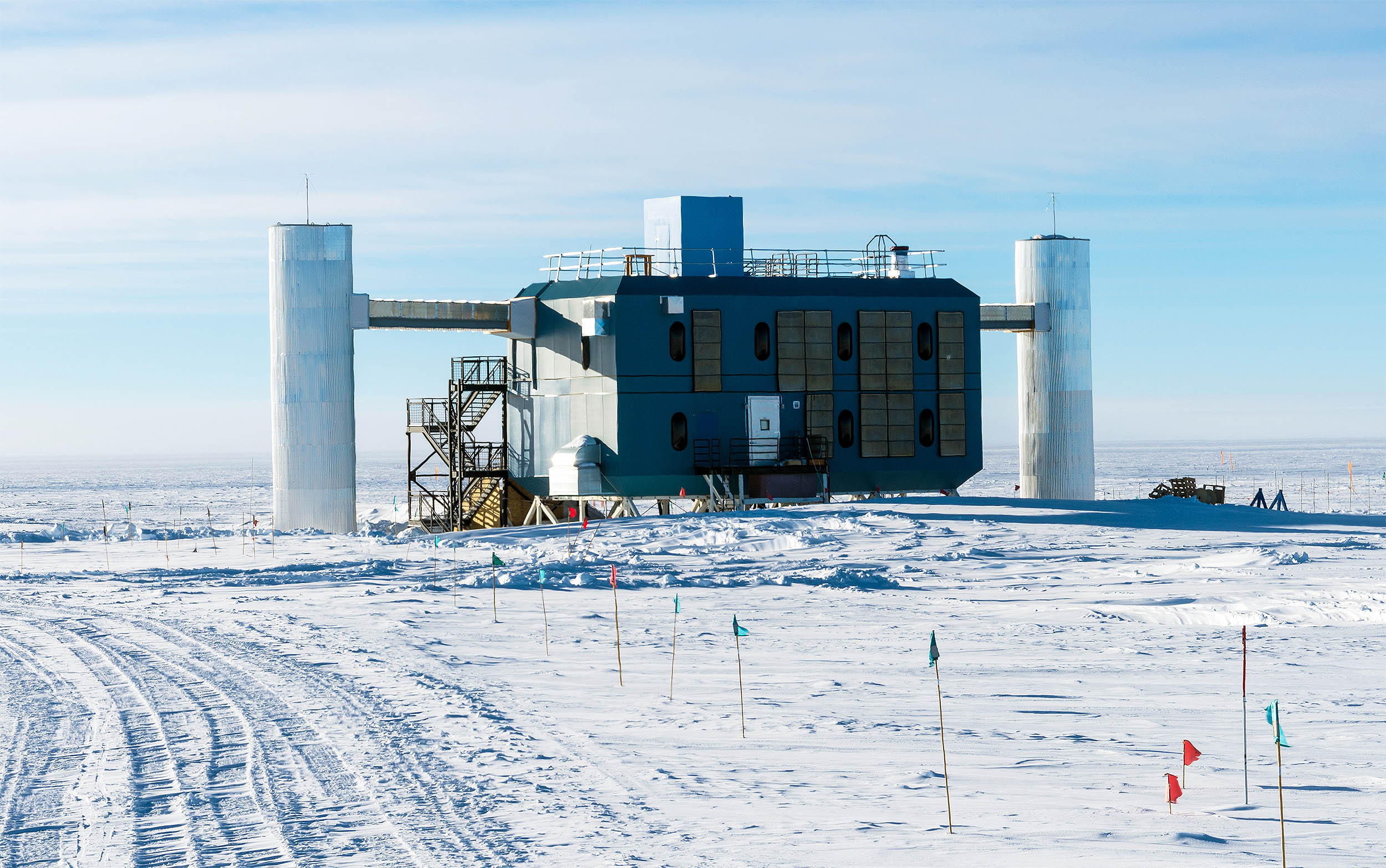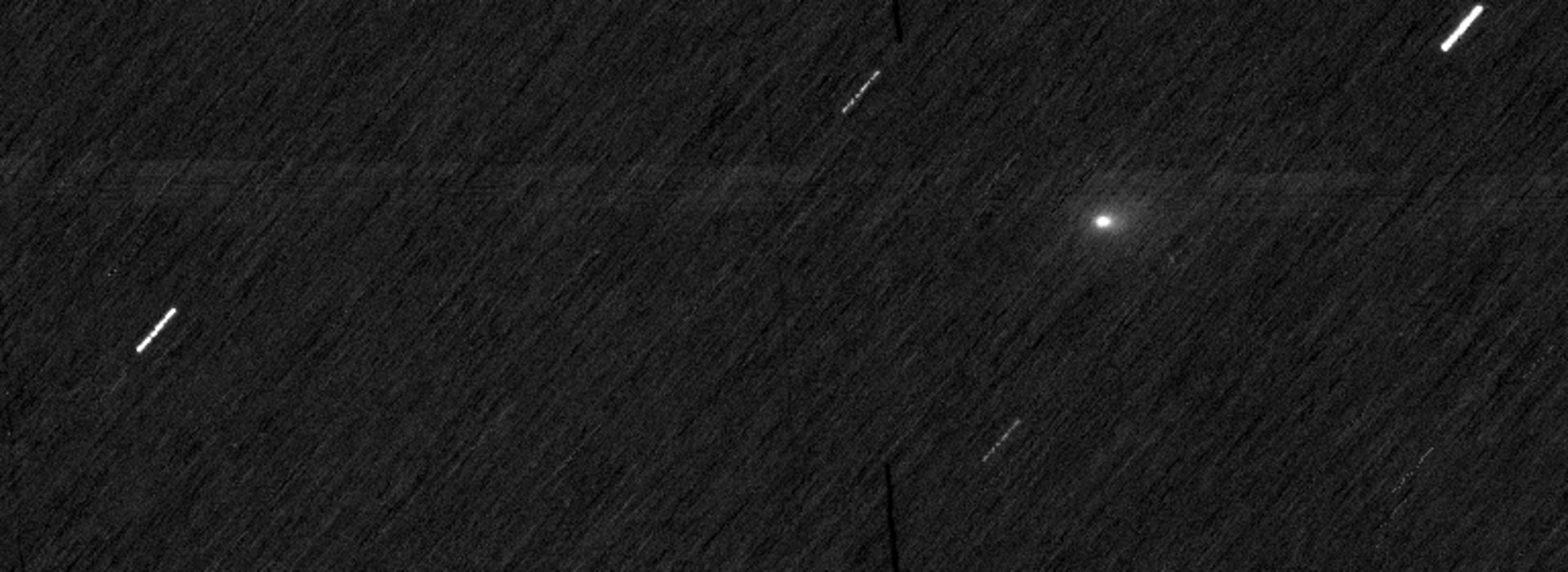This request seems a bit unusual, so we need to confirm that you’re human. Please press and hold the button until it turns completely green. Thank you for your cooperation!
Category: 7. Science
-
Just a moment…
Just a moment… -

Fossil teeth reveal clues to why human childhood lasts so long
Humans stand apart from many other primates by taking more time to mature, relying on a supportive network of parents, grandparents, and community members during a long period of childhood.
This extended period of growth has long been considered…
Continue Reading
-

IceCube reports on its most comprehensive neutrino search
High above the ice at the South Pole, a detector the size of a city block listens for some of the quietest messengers in the universe. In its latest analysis, the IceCube Collaboration combined 14 years of track data and 10 years of cascade data…
Continue Reading
-
Glaciers Are Fighting Against Climate Change – But They Are Losing the Battle – SciTechDaily
- Glaciers Are Fighting Against Climate Change – But They Are Losing the Battle SciTechDaily
- Mountain glaciers recouple to atmospheric warming over the twenty-first century Nature
- Study reveals glaciers’ self-cooling abilities will peak this…
Continue Reading
-
Betelgeuse’s Secret Companion Finally Revealed
Betelgeuse, the brilliant red star marking Orion’s shoulder, has long been suspected of harbouring a secret. I have to confess, Betelgeuse holds a special place in my heart as the first star I ever looked at through a telescope as a…
Continue Reading
-

The ESA’s Mars Express and ExoMars Orbiters Catch a Glimpse of 3I/ATLAS
The interstellar object 3I/ATLAS has been something of a mystery ever since it graced our Solar System. From all outward appearances, the object appears to be a comet that originated in another star system and was ejected by…
Continue Reading
-

SpaceX will attempt Starship’s 11th flight test on Monday
SpaceX is gearing up for the 11th flight test of its Starship megarocket, which will launch from its Starbase in Texas as early as Monday. The launch window opens on October 13 at 7:15PM ET. You’ll be able to watch live starting 30 minutes before…
Continue Reading
-

Could We Really Turn Mars Green?
Terraforming is the theoretical process of transforming a planet or moon to make it habitable for humans and other Earth like life. The concept involves altering an alien world’s atmosphere, temperature, and surface conditions to…
Continue Reading
-

These 10 States Could See Aurora Borealis Tonight
Topline
The northern lights could be visible from several states along the U.S.-Canadian border on Sunday night, forecasters at the National Oceanic and Atmospheric Administration said, as the Earth could see the effects of minor geomagnetic…
Continue Reading
-

SpaceX plans to launch 11th Starship test flight in Texas as early as Monday
Oct. 12 (UPI) — Elon Musk’s SpaceX will conduct the 11th test flight of its Starship rocket Monday amid concerns that the United States is losing the race to return humans to the moon.
SpaceX said in a statement that the launch window will…
Continue Reading